If you’re familiar with Boman’s root, this is a very closely related species, and indeed, looks very similar. If you really love the delicate leaves of a Japanese maple, I think you’ll enjoy this plant. It is an erect, herbaceous species, one that is quite airy (not dense). This blooms during that in-between time when spring blooming plants are finishing up, and summer blooms are just getting started. In the fall, the leaves turn pinkish yellow/orange/red, adding beautiful fall color to the garden.
Another common name for this species is Indian physic. Both common names hint to the herbal/medicinal use once associated with this plant.
“Indian physic” and “ipecac” indicate Native American use for internal cleansing, a widespread ceremonial custom. “Ipecac” is a word referring to an emetic derived from dried roots of certain plants. Today, emetic drugs are used most often in cases of accidental poisoning. (Source)
Find American ipecac in the wild
Habitats include upland woodlands, rocky wooded slopes, upland savannas, and limestone glades. Oak trees (Quercus spp.) are usually the dominant canopy trees in these habitats. Occasional wildfires are probably beneficial in maintaining populations of this species. It usually occurs in higher quality natural areas. (Source)
Bonap would place this species as a near-native, though with development and lack of fire ecology soon after settlers moved into PA, it’s possible any that were present were extirpated. There’s a county where it is native in NY, and one just bordering PA. As a medicinal plant this likely was shared or traded among tribes and planted, especially if ones nearby used it. The Lenape who live(d) here and many nearby tribes were badly affected by disease brought over by the first explorers and colonists. It is now estimated disease wiped out 90% of the population long before any other warring and genocide began. That being said, if native in PA, it would have appeared west of the Appalachians.
Grow American ipecac in your garden
It’s not the fastest species to grow, but after two years, it reached flowering size for me. It is likely that the ones grown in the nursery will bloom for you next year. If sited well, it will slowly spread by rhizomes. American ipecac appreciates some shade in the hottest part of the day (the vast majority of our native plants do, since most of the eastern coast was woods and woodland clearings). The one I have growing is in part sun to light shade, planted at the base of an American sycamore. Even with limited sun, it produced many blooms this year, but the overall habit is very open and tall.
It seems to like some personal space. Species that thrive in an area managed by controlled fires tend to dislike too much competition from nearby plants. It is drought tolerant once established. Upland habitats indicate well-drained soil, though these are clay-tolerant. I would still suggest amending your soil with organic matter, and avoiding planting it in any spots that would pond. When in doubt, build a small berm or hilled up soil for planting upland species.
Foliage is toxic to herbivores, so this is unlikely to be browsed by deer. I have not had any issues with herbivory on the one in my garden. As always, your deer may vary. I wouldn’t put it past a few special cases who feel the need to sample everything and deal with the consequences.

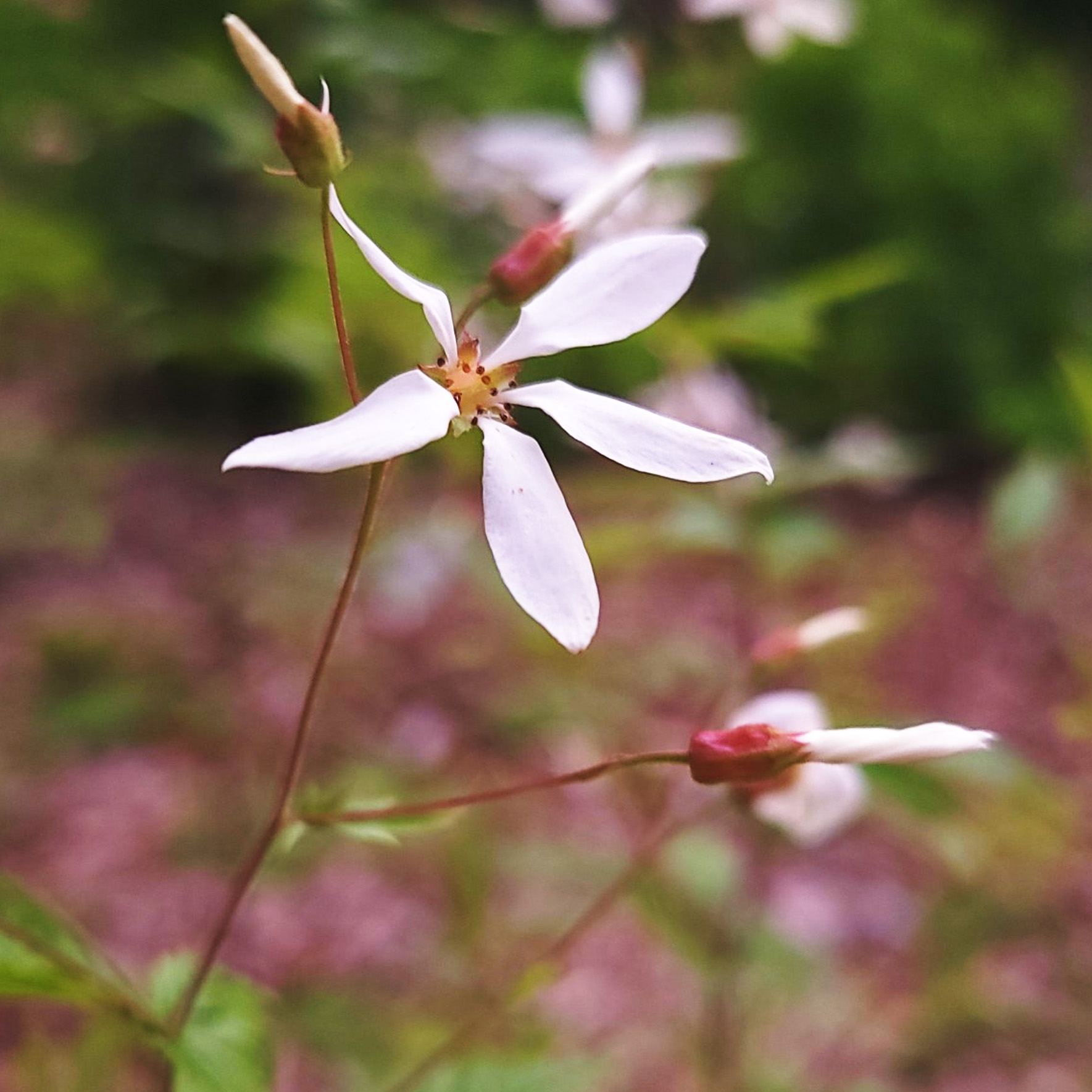
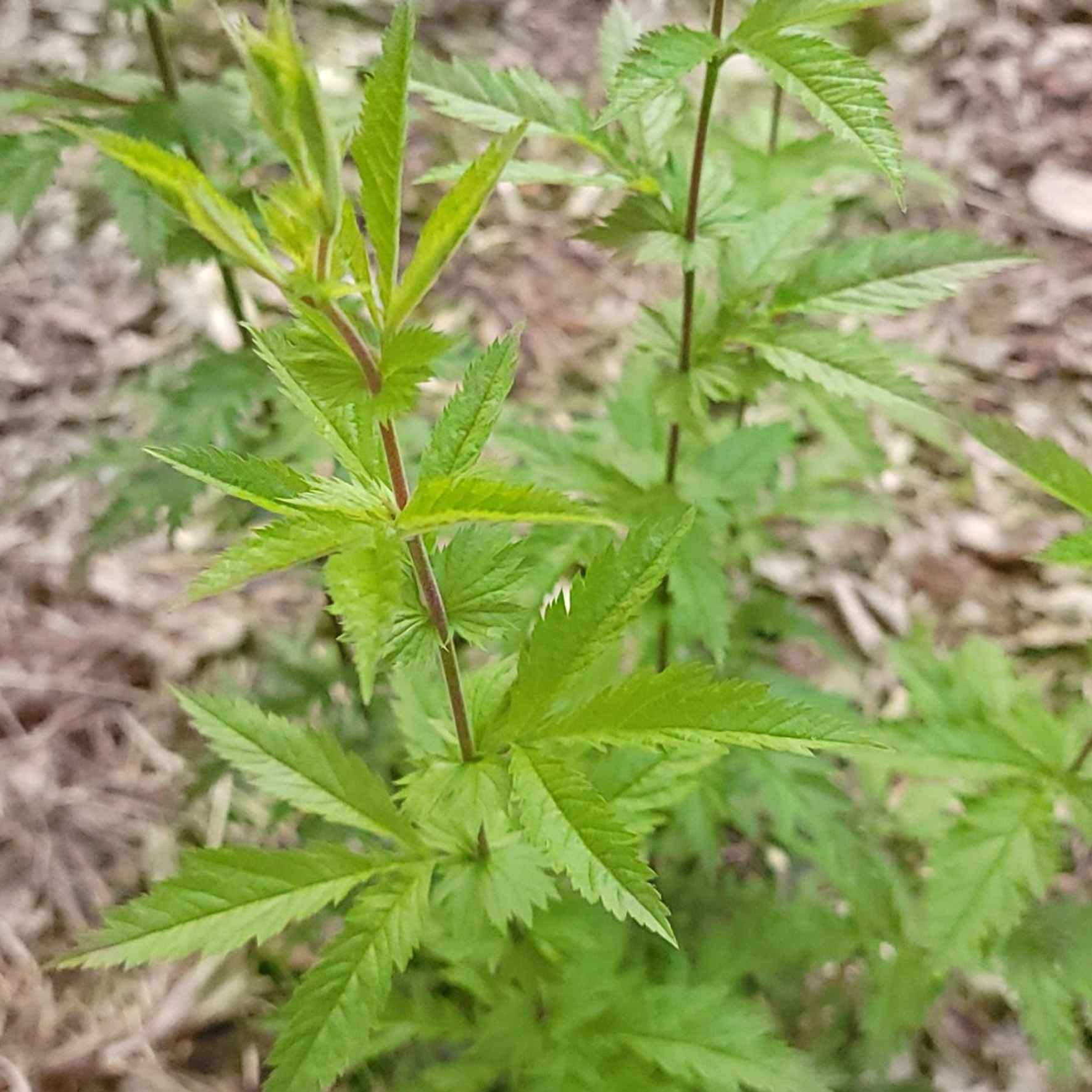
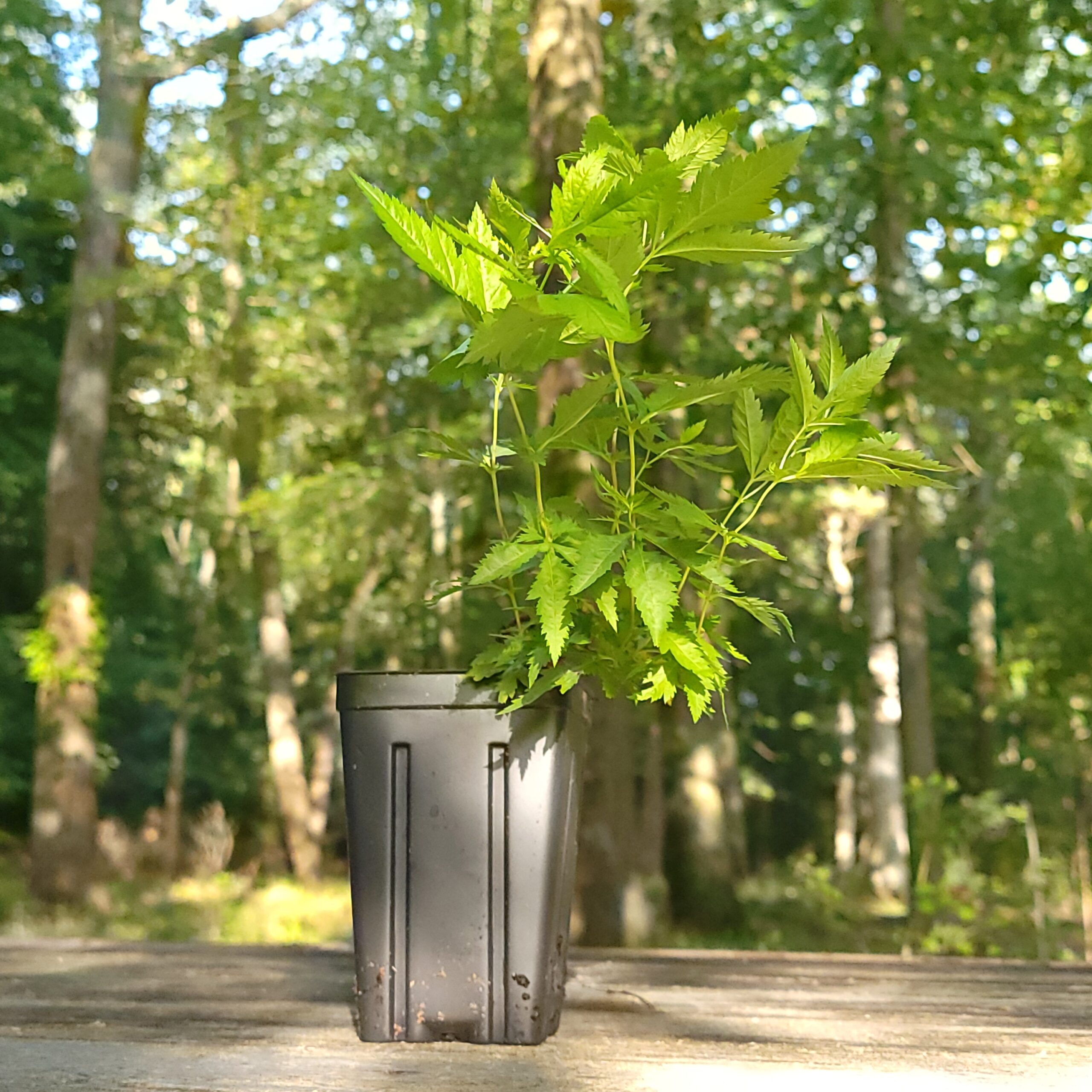
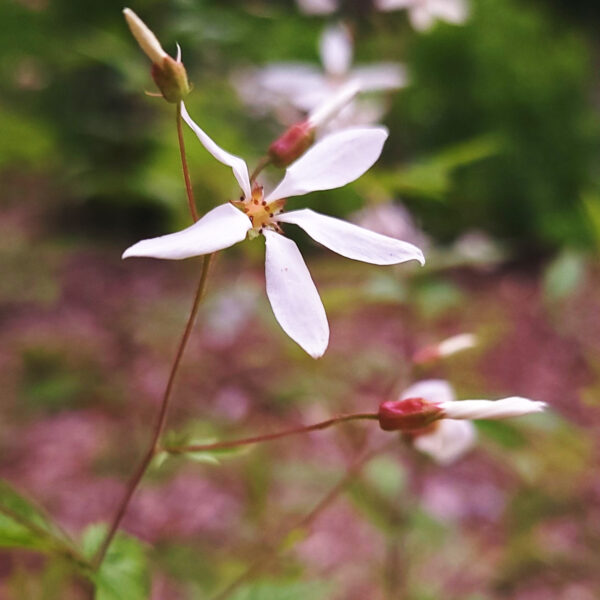
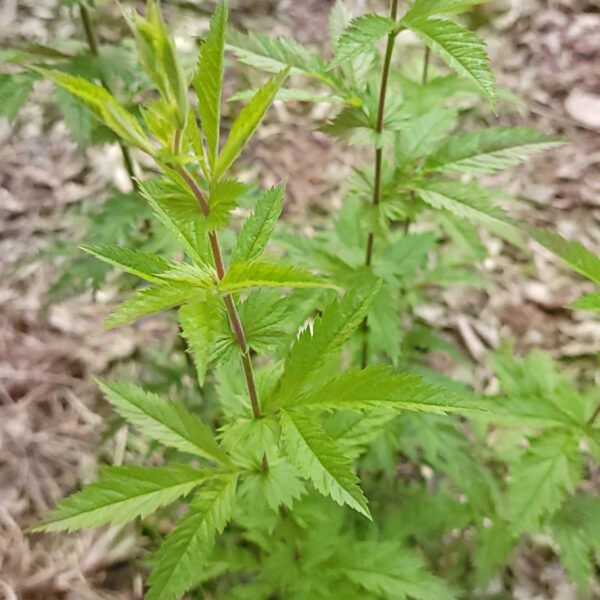
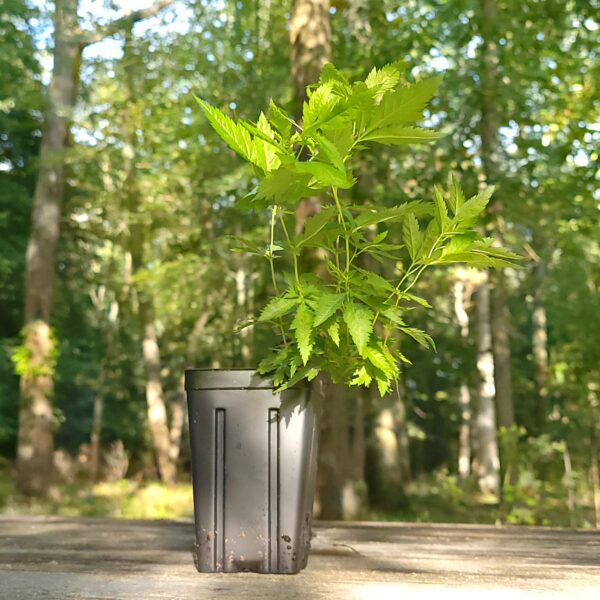




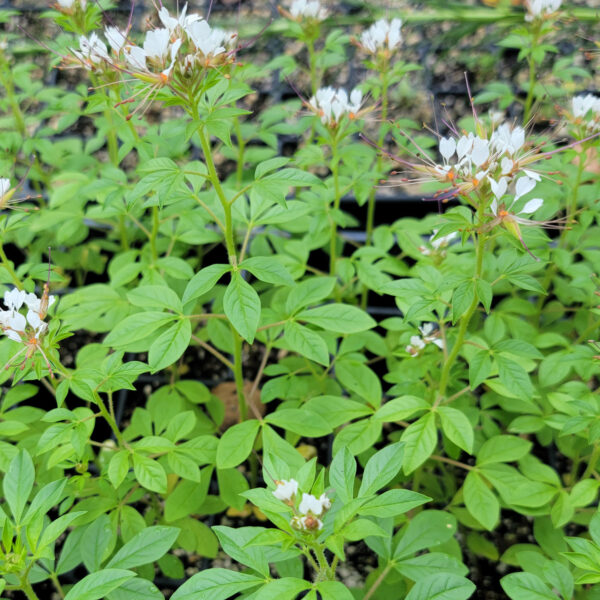








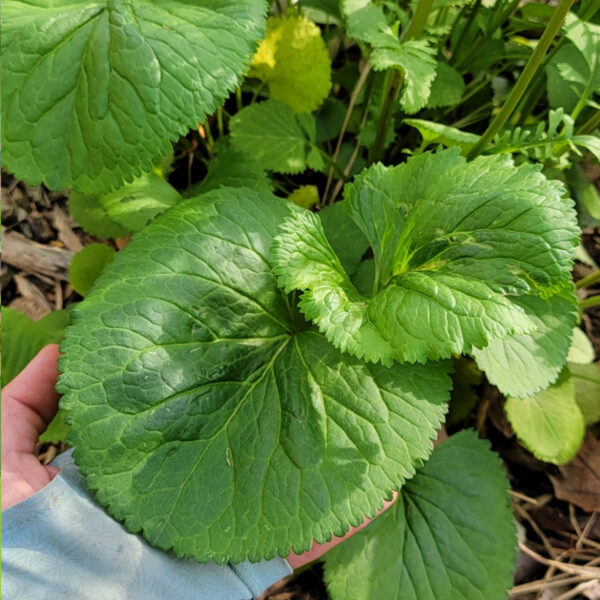

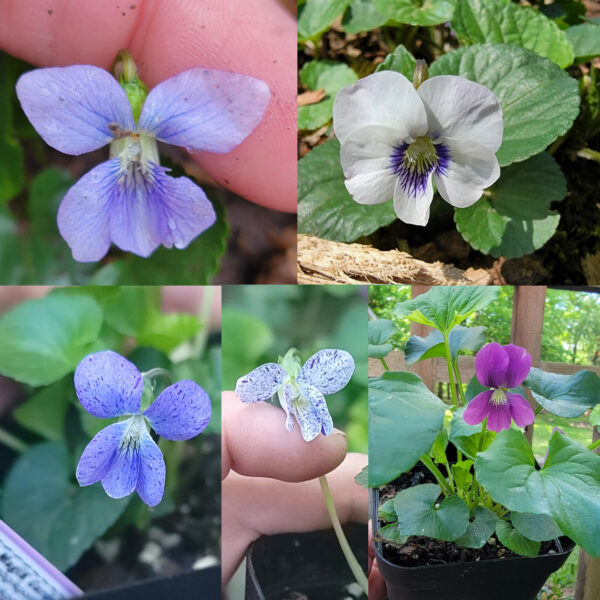
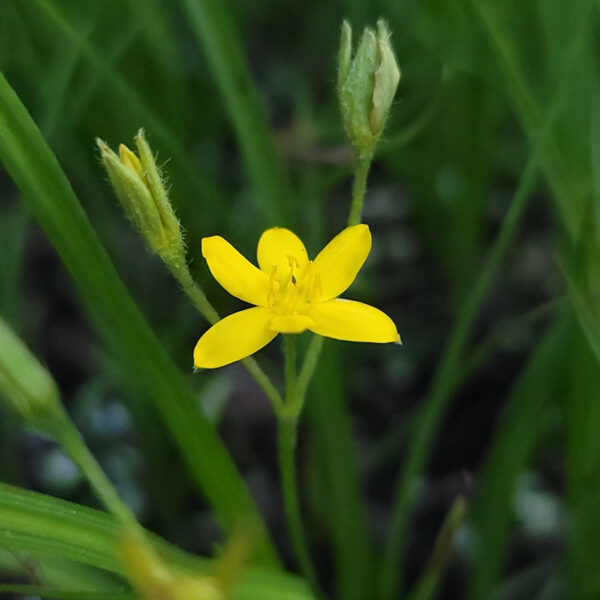
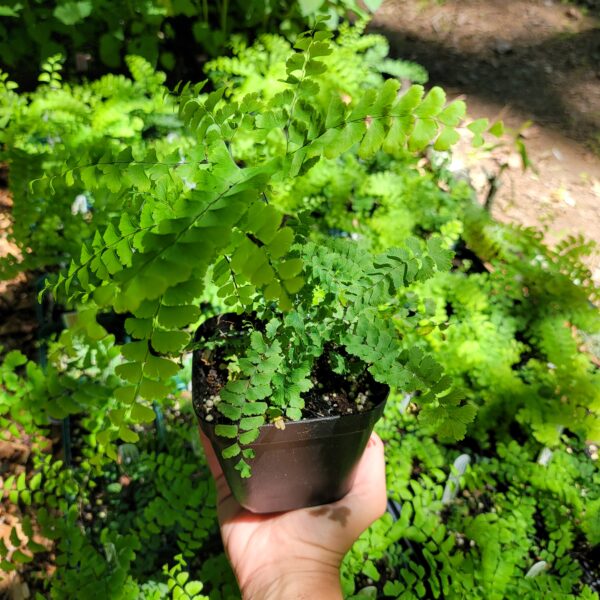


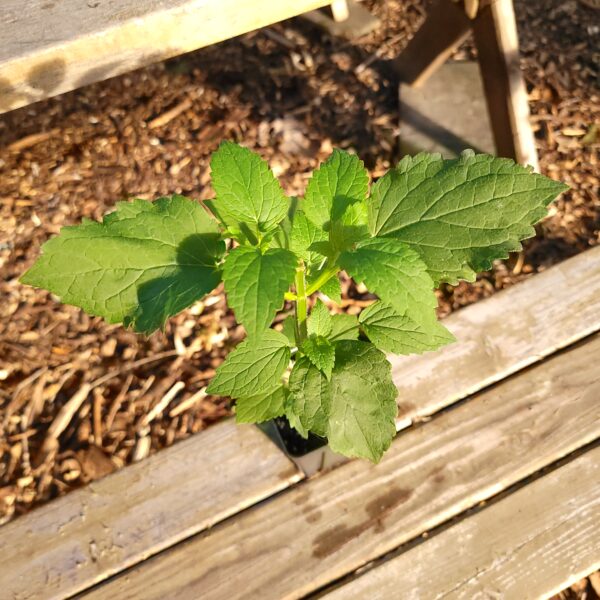
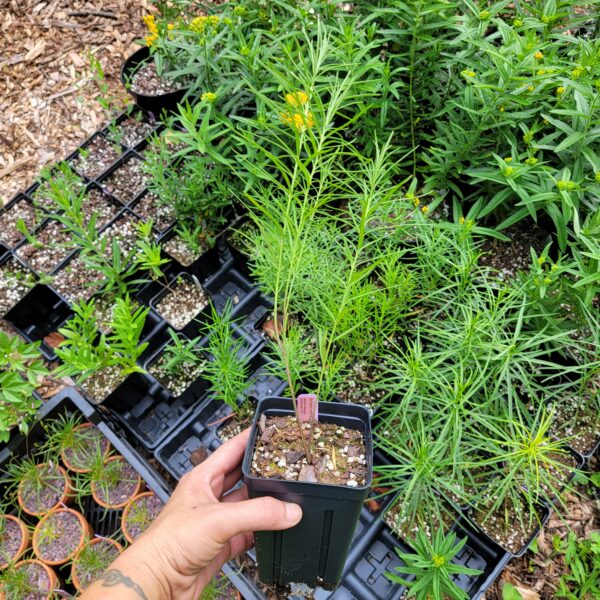

Reviews
There are no reviews yet.